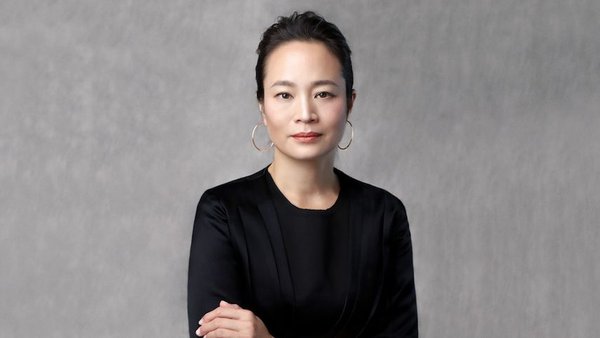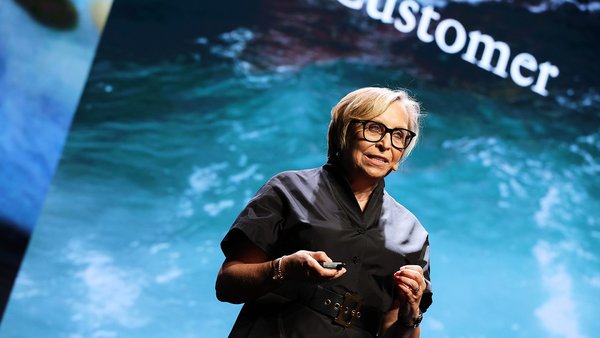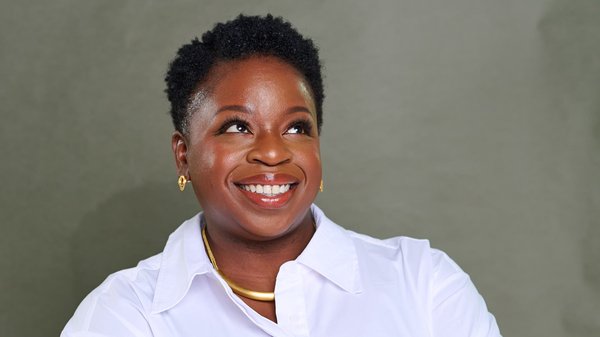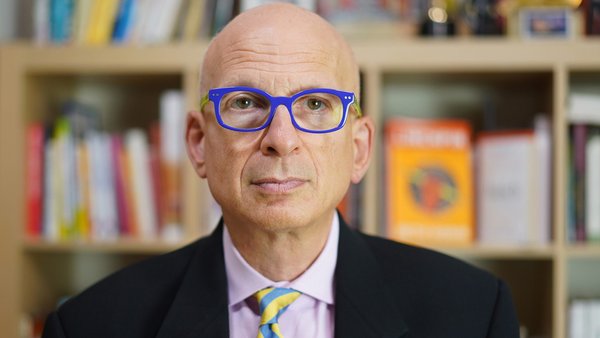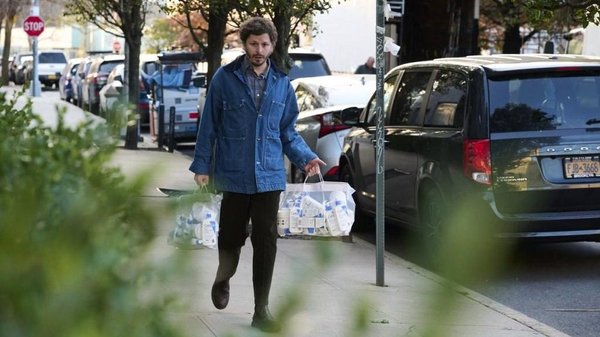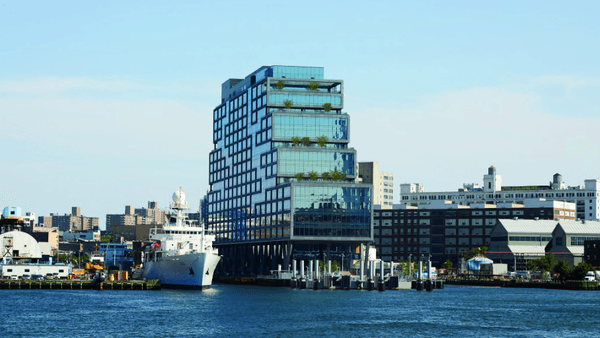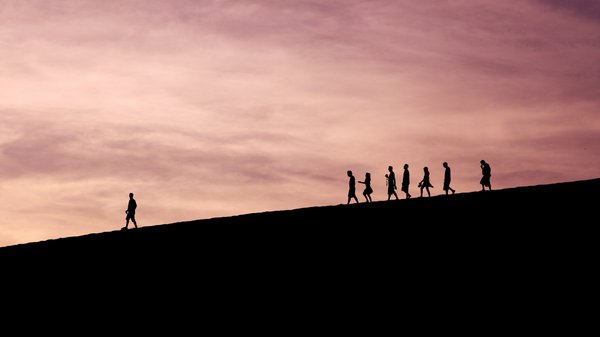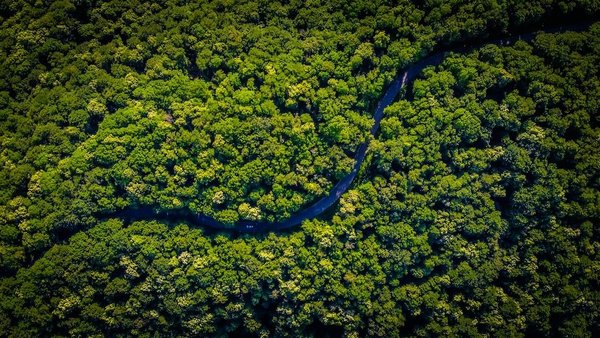How TerraCycle is making recycling sexy /
The whole world is up in arms about plastic pollution. Here's how one company is making sustainability aspirational

Image by Nicolas Raymond via Flickr
Last year plastic became public enemy number one. This is thanks, in part, to the BBC, David Attenborough and the so-called Blue Planet II Effect.
As our head of advisory Patrick Jeffrey pointed out at the end of last year: ‘Shocked by the final episode – which showed turtles getting tangled in shopping bags, albatrosses choking on washed-up toothpicks and sperm whales eating huge pieces of plastic – people felt compelled to change. Searches for “plastic recycling” rose 55% overnight and politicians rallied: secretary of state for the environment, Michael Gove, said he felt “haunted’” by the episode and prime minister Theresa May referred to the show when she announced the government’s 25-Year Environment Plan.’
While people’s concern seemed to peak in 2018, plastic is ‘set to be an even bigger consumer focus in 2019’, according to Rosemarie Downey, Euromonitor International packaging industry manager, writing in the market researcher’s 2019 consumer trends report.
Naturally, brands are now keen to be seen as part of the solution, and one solution is being proffered by TerraCycle.
Unilever, Nestlé, PepsiCo and P&G are just four of 25 companies that worked with the recycling company to develop Loop, a zero-waste packaging system that refills empty containers of shampoo, juice, detergent and other household items, like the milkman used to. Instead of cheap plastic, the containers are made from durable materials, such as glass or stainless steel. The customer pays a deposit for each one, plus the cost of the product inside, then notifies Loop when it needs refilling.
It’s a sustainable solution, but also a desirable one, and this is important: Shoppers claim to care about sustainability, but few care enough to spend more on an inferior product. We spoke to Jon Tipple, global chief strategy officer at Futurebrand, and TerraCycle Europe’s general manager Laure Cucuron, to find out how Loop is encouraging environmental awareness in a format that marketing managers, and customers, can actually get excited about.
Why do you think sustainability has garnered more conversation recently?
Cucuron: I think it’s because it became much more visible than it used to be. If you go to the beach in the summer, you’ll actually see the plastic in the sand and I think more people have become aware of the impact. Companies, as well, have got to a point now where they need to rethink the way they produce and distribute their packaging and their products. Consumers are asking them to do better, to do more and to act now.
Tipple: I also think there’s something about the way that sustainable solutions have become quite aspirational, quite sexy, quite well-designed. You only have to look at what’s happened in the car industry, what’s happening in environmental design, what’s happening outside of packaging, and you’ll see there’s lots of interesting designers who are really interested in how to create desire, but in a way that doesn’t kill the planet in the process.
So, sustainability is becoming a new kind of luxury?
Tipple: Absolutely, even brands like Burberry are getting behind this much more, so it’s become a part of the luxury experience.

Coke has recently admitted that it produces 3 million tonnes of plastic packaging per year. What advice would you give to brands to make it easier on themselves to make the shift away from plastic?
Cucuron: Brands should first develop more solutions to recycle what they produce. They should also integrate more recycled content in their packaging. It’s good to recycle more, but if you don’t create a demand for recycled content then the circular economy won’t work. We also look at niche waste streams that create a story for consumers. If you say: ‘this bottle is made using 80% recycled PET’, nobody cares because nobody understands. But when you talk about a bottle being made from beach plastic, it really creates a strong call to action. Then I also really think the consumption models need to be rethought. It was for that reason we created the Loop platform.
Tipple: It would be a massive mistake for people to think that Loop is about sustainability alone. Look at it [he gestures to the Haagen Dazs prototype, pictured above], as a brand guy I just go ‘I want that’. I’d feel much more confident trying to sell Haagen Dazs if it came in this, which happens to be sustainable, as opposed to just saying, ‘this is about sustainability’. Because it isn’t. It’s clearly about aspiration and premiumisation. They’ve created this opportunity to make Haagen Dazs super special again with a new form of packaging and a new story.
There’s built-in loyalty too, because it gets refilled with the same product.
Tipple: Absolutely. And imagine if you started personalising it. This is my version and my flavour.
Cucuron: And you can track it. There are a lot of marketing opportunities as well. When we created the Loop platform we thought about two aspects. The first one was about sustainability and durability. The second was the convenience of use, because if you look at the current refill models – refill stations, zero waste stores, the shops where you have all the food in bulk – most of us don’t use them because it’s not convenient. So we thought about how we could be convenient and close the loop. That’s why we decided to start with the ecommerce platforms, so we control the distribution there and back. It’s a great experience for the consumer as well. I use the product, then I put it back in my Loop bag, which is replacing my bin. Then it’s picked up in the same way my recycling is picked up, and then instead of being recycled or being incinerated and sent to landfill, it is cleaned and sent back to the brand to be refilled. So for me as a consumer it’s super easy.
Tipple: This is sustainability going into the mainstream. This is the tipping point […] it gets over the hurdle that humans are all lazy and fallible, and it’ll make being sustainable easy.
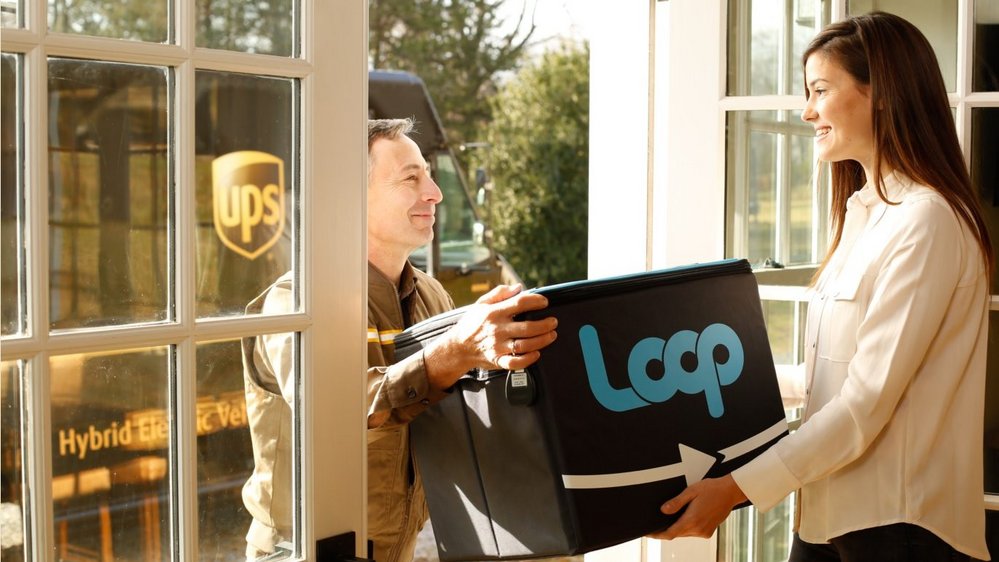
And people would be saving money in the long run because you’re not paying for the added plastic packaging.
Tipple: Yes, exactly.
Cucuron: The packaging will become an asset to the manufacturer again. We are talking about the milkman model applied to all categories. And as a consumer I will never own the packaging anymore, which means I won’t pay for it, I’ll just put a deposit on it, and then I’m not responsible for recycling it or disposing of it, so that puts the responsibility back on the manufacturer as it used to be in the 50s, pre-plastic.So it’s not crazy innovation. It’s innovative, sure, but it’s existed before.
How much time do you think brands have to make this kind of shift?
Cucuron: Well if you ask me I would tell you it’s already too late.
Tipple: As someone who works for brands, this changes the conversation. Until now this could easily be postponed, because you get into a financial conversation about how we can’t afford it this year, but maybe next year, and as everyone knows, in marketing, ‘next year’ means ‘never’. So the fact that this is an aspirational thing I think completely changes the consideration set; it makes it hard to sit there and say we can’t afford to do this from a capital expenditure point of view, especially if you’ve got a great big corporate purpose around environmental positivity, which most companies do. If you’re saying no to an environmental product, you’re not living up to what you say you stand for. And the brands who do what they say are the brands that people gravitate towards. Millennials, in particular, and everyone else as a consequence, gravitate towards brands that live up to their principles and I think this is a fantastic way, even a quite easy way, for brands to live up to their principles. Yes, it’s going to cost you some money initially, but a principle isn’t a principle until it’s cost you some money, and this is just a little bit up front with a long-term return, so over time it will pay for itself.
It’s also interesting that it’s so collaborative.
Tipple: TerraCycle is part of a new era of innovation companies who are motivated not purely by profit, they make money, as they should, but they’re motivated by two things: a desire to make a difference to the planet and people’s lives and communities, so they’re tackling this disposability issue, but to do it in a way that is for everyone, and that’s why they want to work with big companies, to make things available.
The example that we talked about in our talk was Tesla, it’s a classic example of having an amazing technology but deciding to use it to fight other car brands, as opposed to making their technology open source. Tesla would be enormous if they did that. Imagine if you could buy a Ford car with Tesla inside, they’d fly off the forecourts because people love that technology. But at the moment Tesla technology is only available in Tesla cars, which makes it the wrong story.
Loop and other companies are making their technology available to everyone because their ambition is to change the world and not to make a load of money for themselves, the money comes because of the ambition
Want more of the same? /
We don’t just write about best-in-class campaigns, interviews and trends. Our Members also receive access to briefings, online training, webinars, live events and much more.
